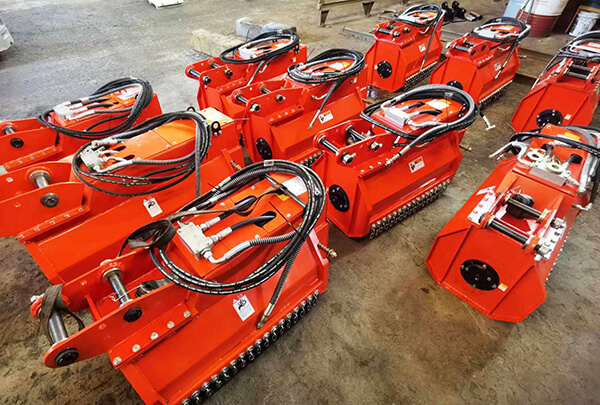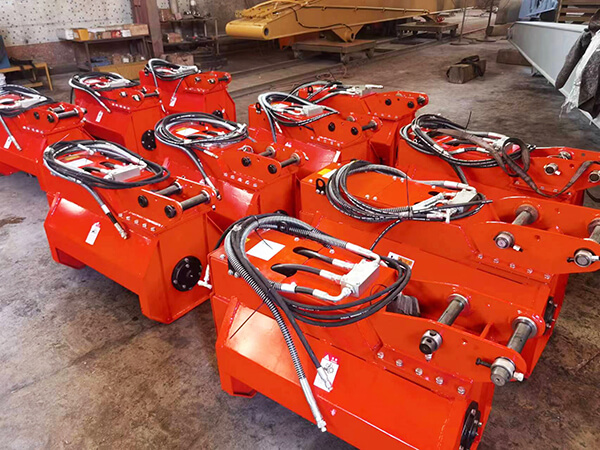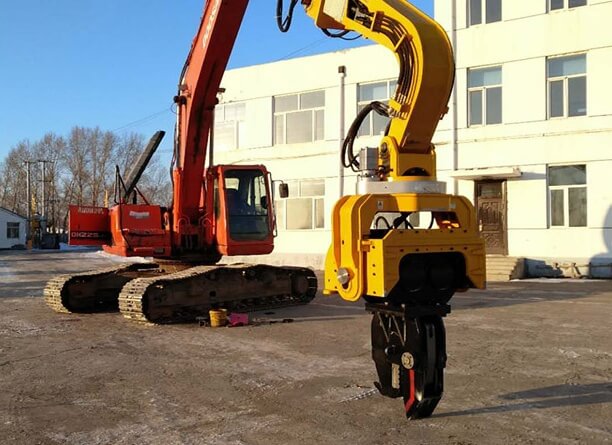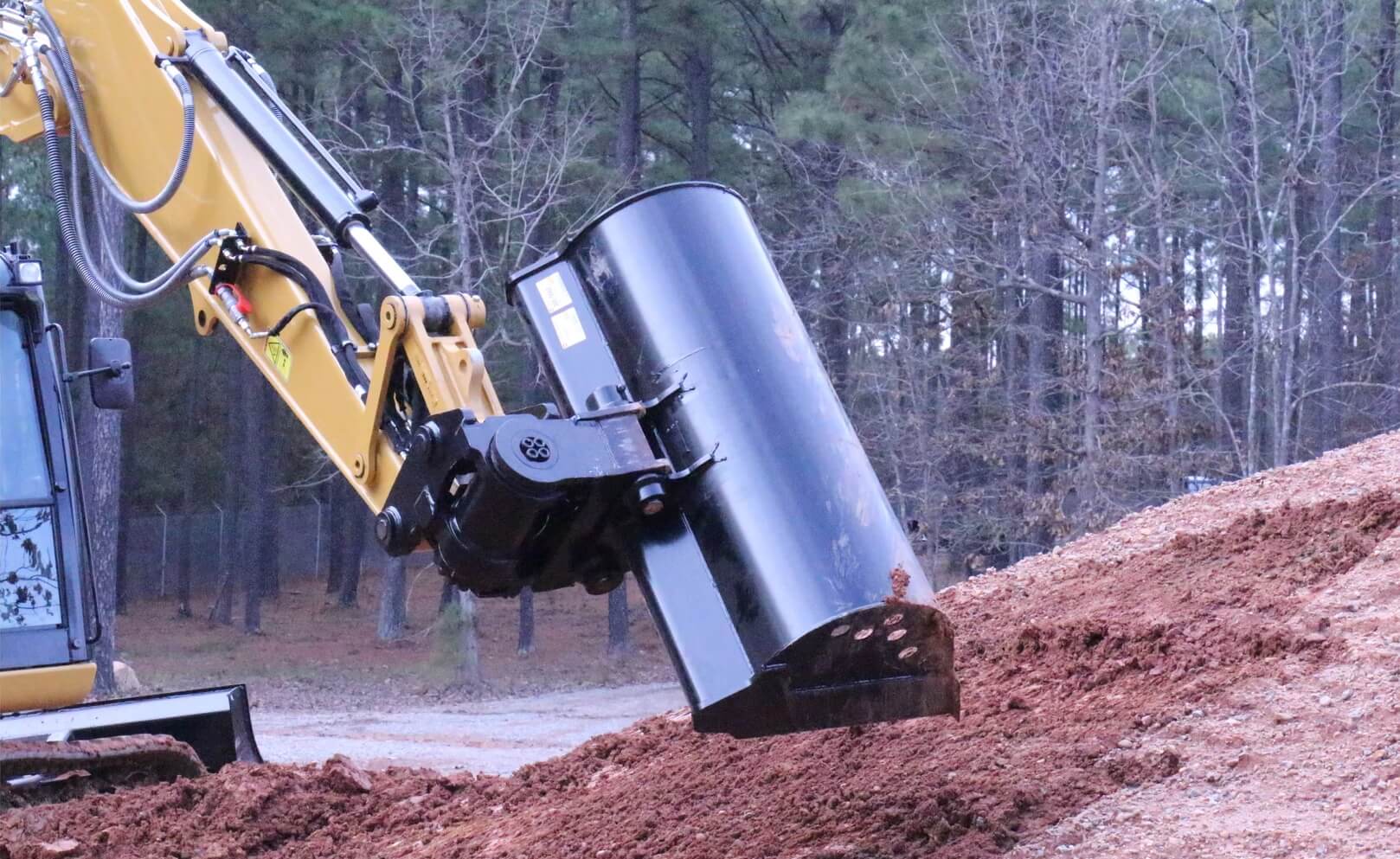KATO excavator lawn mowers have revolutionized the landscaping industry, providing efficient and effective solutions for maintaining large green spaces. These powerful machines combine the digging capabilities of excavators with the cutting prowess of lawn mowers, enabling professionals to tackle diverse terrain with ease. However, like any specialized equipment, excavator lawn mowers come with their own set of challenges. In this article, we will explore the common issues faced during their operation and discuss essential considerations that operators must keep in mind to ensure safe and productive work.
-
Ground Conditions and Stability
One of the foremost concerns for KATO excavator lawn mowers operators is the nature of the ground they are working on. Uneven terrain, soft soil, and varying slopes can pose significant challenges. It is vital to assess ground conditions before beginning work, as unstable surfaces can compromise the stability of the excavator. Operators must be cautious while maneuvering on slopes, ensuring that the machine remains balanced and does not tip over. Regular maintenance of the tracks or wheels is essential to ensure optimal traction, allowing the machine to navigate smoothly through various terrains.
-
Obstacles and Debris
Lawn mowing often involves encountering various obstacles and debris, such as rocks, tree stumps, branches, or hidden objects. KATO excavator lawn mowers operators need to exercise caution and maintain a keen eye to avoid damaging the equipment or causing injury. Conducting a thorough inspection of the working area before commencing work is crucial. Clearing any large debris or potential hazards, marking them, or using specialized attachments for removal can help prevent accidents and machine damage.
-
Underground Utilities
Excavator lawn mowers pose a risk to underground utilities, such as electrical lines, water pipes, or communication cables. Prior knowledge of the location of these utilities is essential to avoid potentially disastrous consequences. Operators should contact the local utility companies to obtain accurate maps or hire professionals to mark underground lines before initiating any excavation work. Additionally, utilizing technologies like ground-penetrating radar systems can provide real-time detection of subsurface utilities, further enhancing safety and preventing costly damage.
-
Environmental Considerations
Excavator lawn mowers operate in environmentally sensitive areas, such as parks, gardens, or natural habitats. Operators must prioritize minimizing environmental impact during their work. Avoiding sensitive flora and fauna, using biodegradable lubricants and fuels, and employing low-noise attachments can significantly reduce the ecological footprint. It is crucial to adhere to local regulations and obtain necessary permits or clearances before starting any landscaping project in environmentally protected areas.
-
Operator Training and Safety
The competency and training of operators play a vital role in ensuring safe and efficient operation of KATO excavator lawn mowers. Operators should receive proper training on the equipment, including its controls, safety features, and emergency procedures. Familiarity with operational manuals, guidelines, and regulations is essential. Wearing appropriate personal protective equipment (PPE), such as helmets, gloves, and safety glasses, is crucial to mitigate risks. Maintaining constant awareness of surroundings, utilizing spotter personnel, and communicating effectively are key elements of safe operation.
Conclusion
Excavator lawn mowers are powerful tools that have transformed the landscaping industry, allowing professionals to tackle complex tasks with efficiency. However, navigating the challenges they present requires careful consideration of ground conditions, obstacles, underground utilities, environmental impact, and operator safety. By addressing these concerns proactively, operators can maximize productivity while ensuring the safety of themselves, their colleagues, and the environment. Through proper training, adherence to safety protocols, and continuous vigilance, we can harness the full potential of excavator lawn mowers while minimizing risks and enhancing the beauty of our green spaces.
-
Regular Maintenance and Inspection
To ensure the smooth operation of excavator lawn mowers, regular maintenance and inspections are essential. Operators should follow the manufacturer’s guidelines for servicing, including oil changes, filter replacements, and checking hydraulic systems. Regular inspections of the cutting blades, belts, and other components are crucial to identify any signs of wear or damage that may affect performance or safety. By addressing maintenance needs promptly, operators can prevent costly breakdowns and maintain the efficiency of the equipment.
-
Weather Conditions
Weather conditions can significantly impact the operation of KATO excavator lawn mowers. Wet or muddy terrain can reduce traction and make maneuvering more challenging. It is important to monitor weather forecasts and plan the work accordingly. Rainy or stormy conditions may require rescheduling to ensure operator safety and prevent damage to the equipment. In extreme cases, such as high winds or lightning, it is crucial to suspend operations entirely. Additionally, extreme heat can affect both the operator’s well-being and the performance of the equipment. Adequate hydration, provision of shade, and scheduled breaks in hot weather are important to prevent heat-related illnesses and maintain productivity.
-
Ergonomics and Operator Comfort
Operating an excavator lawn mower can be physically demanding, requiring prolonged periods of sitting and operating controls. Ergonomics play a crucial role in ensuring operator comfort and reducing the risk of musculoskeletal injuries. Operators should adjust seat positions, armrests, and controls to minimize strain and promote a neutral posture. Regular stretching exercises and breaks can help reduce fatigue and improve overall well-being. Additionally, investing in equipment with ergonomic features, such as adjustable seats and vibration-dampening technology, can significantly enhance operator comfort and productivity.
-
Noise and Vibrations
Excavator lawn mowers can generate significant noise levels and vibrations during operation. Prolonged exposure to high noise levels can lead to hearing loss, and vibrations can cause discomfort and musculoskeletal disorders. Operators should wear appropriate hearing protection and utilize vibration-dampening seats to mitigate the risks associated with noise and vibrations. Maintaining equipment in optimal condition, including regular inspection and replacement of worn-out components, can also help reduce noise and vibrations. Additionally, scheduling work during appropriate hours to minimize disturbance to nearby residents or sensitive areas is essential.
Conclusion
The operation of KATO excavator lawn mowers presents various challenges that require careful attention and consideration. By prioritizing ground conditions, navigating obstacles, respecting underground utilities, minimizing environmental impact, ensuring operator safety, and addressing maintenance needs, operators can maximize the efficiency and safety of these powerful machines. Weather conditions, ergonomics, and noise/vibrations should also be taken into account to create a conducive and sustainable working environment. With proper training, regular maintenance, and adherence to safety guidelines, excavator lawn mowers can continue to revolutionize the landscaping industry while promoting productivity, safety, and environmental responsibility.








Leave A Comment